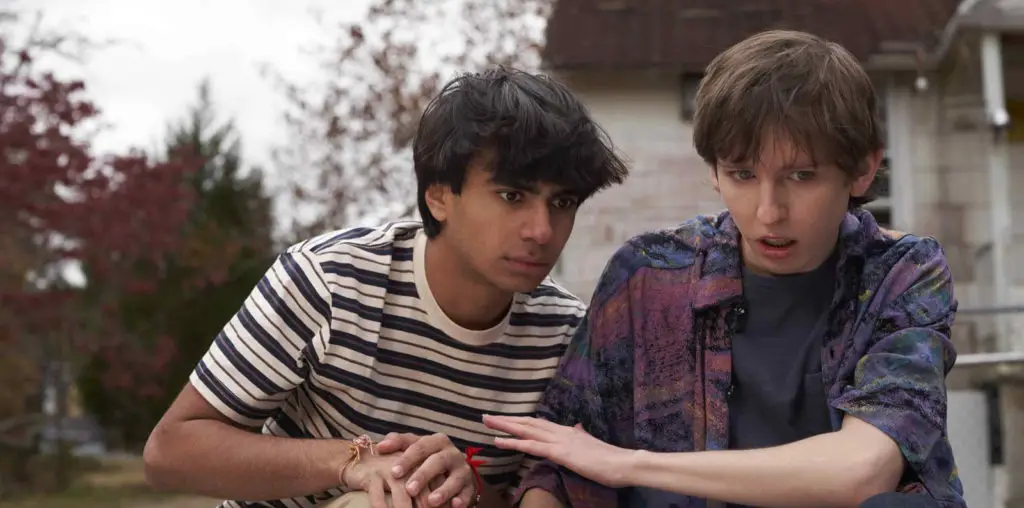
A quietly inspiring tone poem from a director previously known for down-to-earth character pieces, “A Thousand Roads” is beautiful enough to be shown in a museum. And that’s exactly what’s going to happen, for in April it will become the signature film of the recently opened Smithsonian Museum of the Native American in Washington, D.C.
Chris Eyre, the Cheyenne-Arapaho helmer of “Smoke Signals” and “Skins,” steers this 40-minute piece with a sure hand. Utilizing all the toys for which a filmmaker could ask — location shoots stretching from Alaska to the Andes, Super-35mm film that captures spectacular detail, breathtaking aerial and time-lapse footage — Eyre crafts an elegant ballad about how contemporary Native Americans ground their lives in ancient traditions.
Framed with montages featuring narration written by poet Joy Harjo and spoken with mellifluous grace by artist-activist John Trudell, the deftly assembled film connects four short vignettes depicting Native Americans encountering everyday crises.
In the most affecting storyline, 10-year-old Dawn (Riana Malabed) is relocated from Seattle to Alaska when her mother ships off for military service. Eyre and screenwriter Scott Garen employ sharp visuals and the magical facial expressions of non-actor Malabed to illustrate the collision of two worlds; a scene in which Dawn watches her Inupiat relatives cut meat from a whale is especially vivid.
In an effective act of dramatic construction, each vignette is more rooted in Native traditions than the preceding. The first involves a New York stockbroker who has all but excluded her ancestral Mohawk culture from her life; the last features a South American healer who performs Quechuan rituals handed down through the centuries.
The theme connecting these stories is that no amount of modernization can dilute the identity pulsing through Native blood. As Trudell intones in Harjo’s artful narration, “We all belong to the story of our people.”
One might scoff that the heartening, sun-kissed images in “A Thousand Roads” sand the edges off modern Native life, but to do so would miss the point. Eyre has powerfully depicted the rigors of reservation existence in other films, and will surely return to tougher material in the future. But in this instance, he uses his considerable skills to dream on film of a people empowered by respect and unity.
In this bleak time when Americans seem more connected to their cell phones than to the human community, it’s comforting to encounter a vision of the power inherent to a larger concept of identity.
In that regard, perhaps the most lasting image of “A Thousand Roads” is among the smallest. Even though the movie dazzles with views of the Northern Lights and the ancient ruins of Machu Picchu, a visual of great power resides in the New York sequence.
As the stockbroker works at her desk, readouts flashing on her computer and the city bustling outside her window, she carefully arranges and rearranges a row of polished stones. Her modern life is chaos, but this enigmatic Native ritual is clearly her balance.
Details such as this one elevate “A Thousand Roads” past its role as a museum showpiece and identify the film as personal expression that just happens to unfold on a grand scale.
